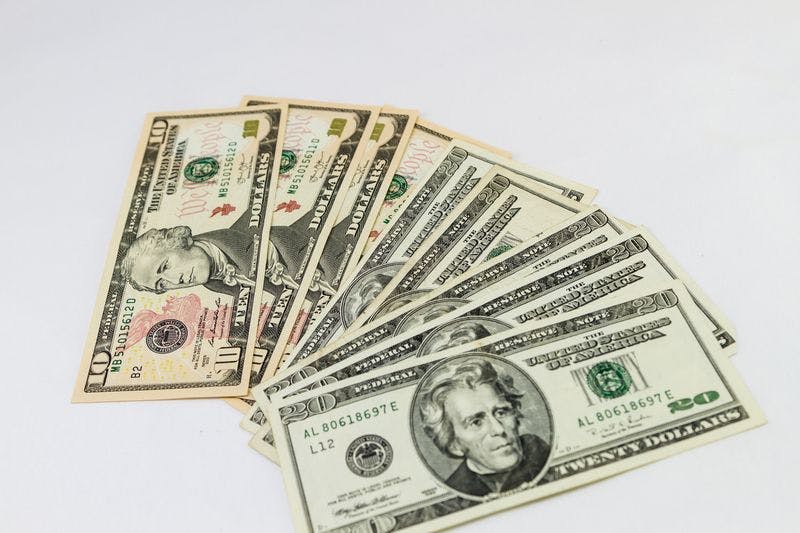A high risk merchant account reserve is made to cover the risk of your account by setting money aside for important situations. The reserve account can range from very low to high-dollar amounts based on your transaction history and the risks you face.
Your merchant account provider may also want you to have one so they can hedge against potential financial risks. This buffer serves as a safety net, shielding payment processors from chargebacks, fraud, and other liabilities that could impact their operations.
Merchant Account Reserves And High Risk
The primary purpose of merchant account reserves is to ensure the stability and security of payment processors. By holding funds in reserve, they can better manage potential losses and maintain their financial well-being. Equally important, these reserves also provide a layer of protection for merchants themselves.
For merchants, having a portion of their funds temporarily held in reserve may impact their immediate access to capital. Nonetheless, these are a baseline necessity for merchant accounts. So carefully plan your cash flow and proactively manage your financial resources.
Payment Processors With Low Reserve Accounts
Open and transparent communication with ecommerce merchant account providers is essential in negotiating reserve terms and potentially reducing the reserve amounts over time. This cooperative approach fosters a mutually beneficial relationship and allows merchants to gradually alleviate the impact of reserves on their financial stability.
In other words, the more steady your payment processing, the more room you’ll have to negotiate. However, if your company is rampant with chargebacks and shifts in revenue, it may be harder to lower your reserves.
Here are some key points to remember about reserve accounts:
- Merchant account reserves help minimize financial risks for merchants.
- These reserves set aside a portion of the merchant’s funds as a buffer against chargebacks, fraud, and other liabilities.
- One common type is the rolling reserve where a predetermined amount or percentage is temporarily withheld from the merchant’s funds.

Merchant Account Rolling Reserve
A merchant account rolling reserve acts as a safety net for payment processors, protecting them from potential losses. It helps manage chargebacks, fraud, and unexpected financial obligations.
Implications for Merchants
- Cash Flow Management: Funds held in the rolling reserve can impact cash flow. Small businesses or those with narrow profit margins may face challenges. Merchants should plan their finances accordingly.
- Financial Stability: Rolling reserves can impose additional financial burdens on merchants. Limited resources or cash flow constraints may strain financial stability. Merchants must proactively manage their resources.
- Reserve Requirements: Rolling reserve terms vary based on industry, business history, and risk profile. Merchants can negotiate and potentially reduce the reserve requirements. Open communication with the payment processor is crucial.
- Growth and Expansion: Rolling reserves affect immediate access to capital for investments. Merchants should consider the reserve when planning for growth and expansion. Balance growth goals with meeting reserve obligations.
Rolling Reserves Payment Processing
Merchant account reserves, including the rolling reserve, are essential for managing financial risks in ecommerce merchant account operations. By understanding their significance and implications, merchants can effectively navigate cash flow challenges, maintain financial stability, negotiate reserve requirements, and plan for growth. Embracing a strategic approach to merchant account reserves will help businesses strike a balance between risk mitigation and long-term success.






